It may sound like a trivial concept until one travels abroad, but there are distinct differences in cultural norms for public transportation depending on where you travel to. Be it personal space, timing, body language, or communication norms, people of different cultures will respond differently to different interactions. In visiting another country, even smiling with eye contact can be a departure from the norms that would be expected by your fellow travelers.
In this article, we’ll delve into the norms and interactions expected by destination to provide you with the best possible framework for your next trip.
Public Transit Norms Around the World
Public transportation around the world serves as a window into the cultural fabric of each country. For travelers from the United States, adapting to these differences in etiquette can transform a potentially stressful commute into an opportunity for deeper cultural immersion. From the hushed carriages of Japan’s bullet trains to the bustling, vibrant metros of India, each region reflects its values through the unspoken rules of public transit.
Japan
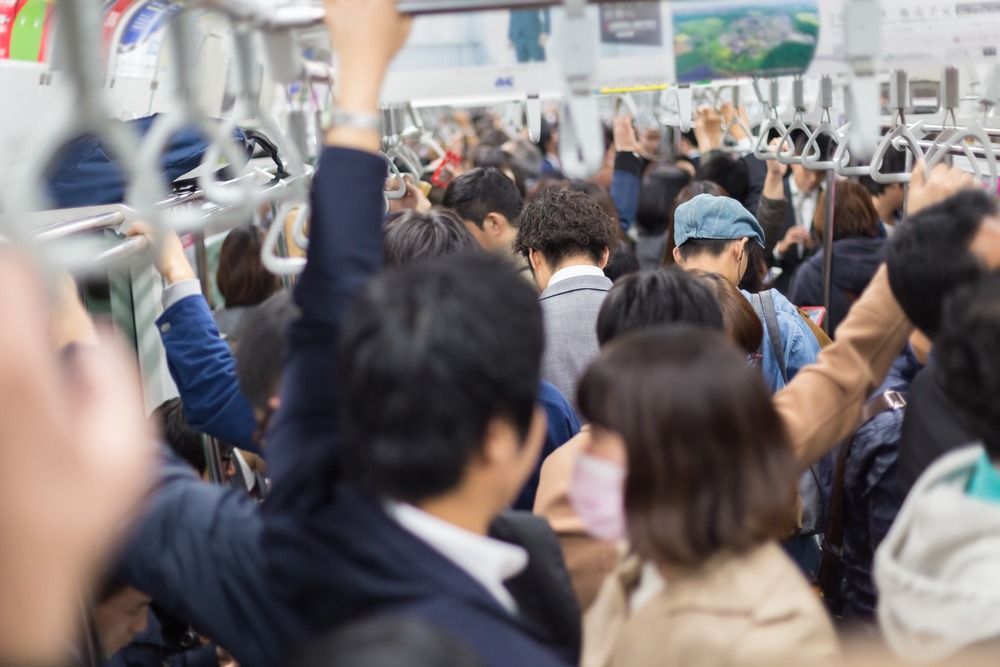
In Japan, silence and orderliness reign supreme. Public transport is treated as a space for quiet reflection or rest, and it is rare to hear loud conversations or phone calls. Japanese commuters often switch their phones to “manner mode,” ensuring that no notifications disturb the serene atmosphere. Boarding a train or bus involves patiently waiting in neat, single-file lines, with passengers allowing those inside to exit fully before stepping aboard. This behavior reflects Japan’s broader social emphasis on respect and punctuality. Trains operate with clockwork precision, and even minor delays are met with formal apologies from transit operators, demonstrating a societal value placed on collective time management and reliability.
United Kingdom
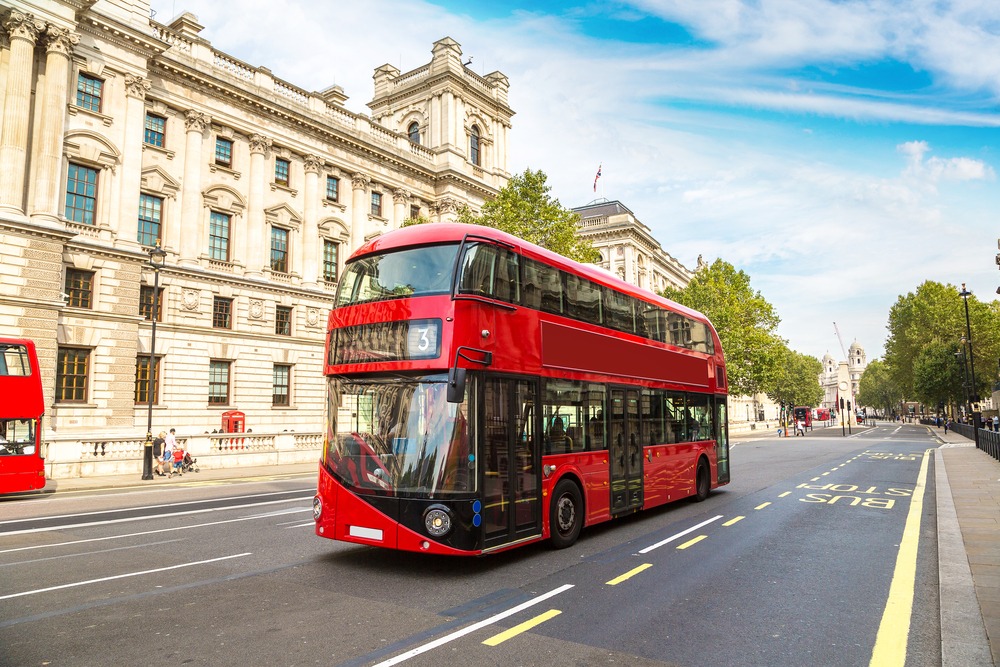
Traveling through the United Kingdom offers a glimpse into a culture deeply rooted in politeness and consideration. The phrase “mind the gap” has become synonymous with British rail travel, but beyond the platforms, other customs shape the experience. Escalator etiquette is strictly observed—standing on the right side leaves room for hurried commuters to pass on the left. Britons queue patiently at bus stops and train stations, and any attempt to bypass this order is met with subtle but firm disapproval. Eating and drinking on public transport is often discouraged, particularly if the food carries a strong odor, underscoring the British commitment to maintaining a comfortable environment for all passengers.
Germany
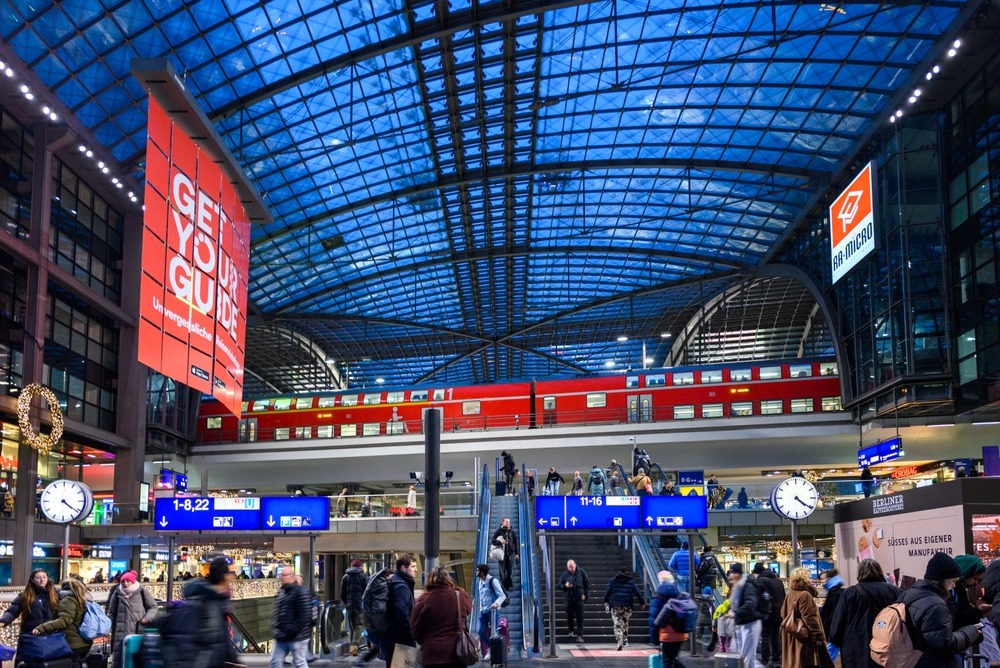
Germany’s public transportation reflects the nation’s hallmark efficiency and structure. Trains and buses adhere closely to their schedules, and travelers are expected to arrive early to avoid being left behind. Quiet zones on some long-distance trains prohibit loud conversations and phone use, allowing passengers to enjoy peaceful journeys. Another critical aspect of German transit culture is the validation of tickets. Failure to stamp or validate a ticket before boarding can result in hefty fines, a practice that underscores the emphasis placed on personal responsibility and adherence to rules.
France
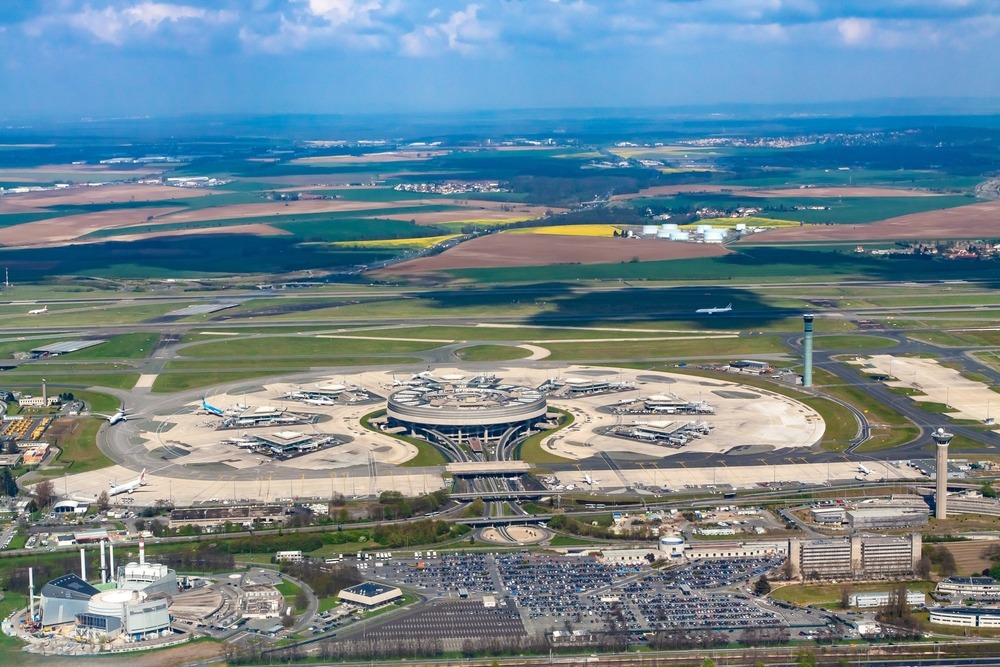
In France, public transport mirrors the country’s appreciation for civility and social grace. A polite “Bonjour” when entering a bus or tram can go a long way, particularly in smaller towns where such courtesies are part of daily life. Priority seating is respected, and offering a seat to the elderly, pregnant women, or passengers with disabilities is seen as a common courtesy. Conversations are typically kept at a low volume, as loud exchanges are considered intrusive and disruptive to the shared space.
China’s public transportation is shaped by the sheer scale and density of its population. During peak hours, buses and trains are often packed, and personal space can feel like a luxury. However, in major cities, there has been a growing effort to encourage orderly queues and discourage pushing. Announcements are frequently made in both Mandarin and English, reflecting the country’s drive to accommodate international travelers. In crowded conditions, Chinese commuters tend to move efficiently, navigating the tight spaces with a level of pragmatism that reflects the fast-paced nature of urban life.
India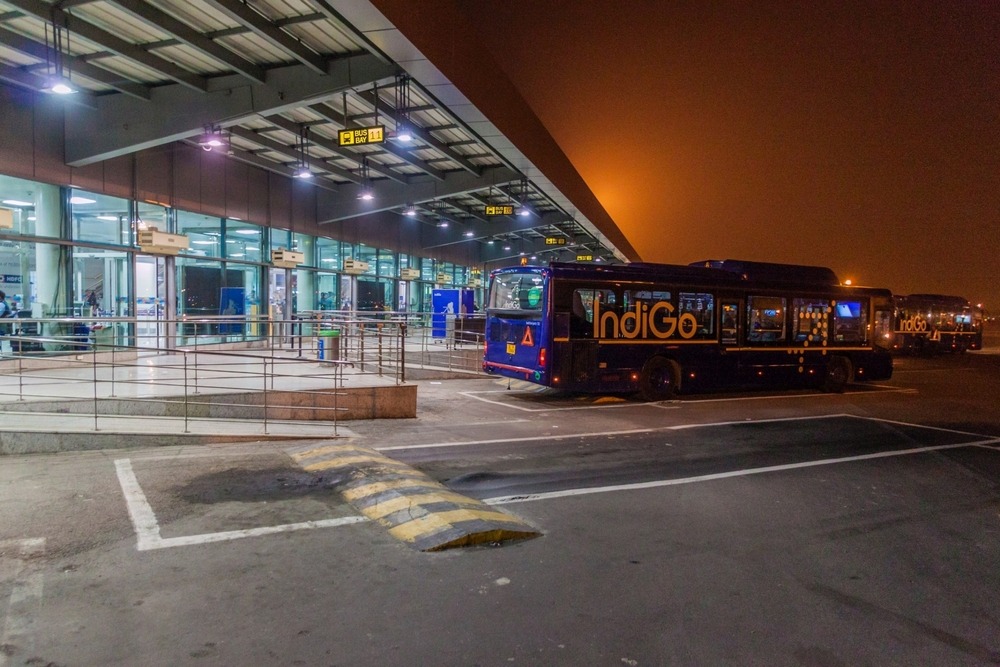
India’s public transport offers a contrasting experience, characterized by organized chaos and adaptability. Buses and trains frequently operate at full capacity, with passengers squeezing into whatever space is available. In some urban areas, women-only carriages provide a measure of safety and comfort, a practice that highlights efforts to address gender-specific concerns in public spaces. Punctuality can vary widely, and delays are not uncommon, prompting commuters to adopt a flexible, patient mindset.
The Netherlands
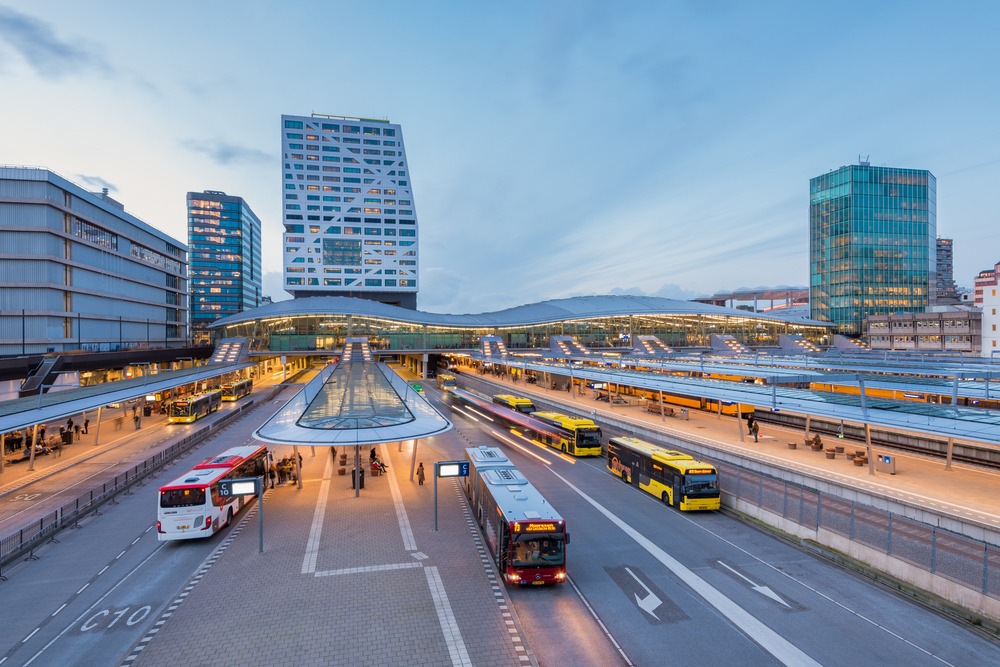
In the Netherlands, bicycles dominate the public transport landscape, with cycling lanes often as busy as roads. Dutch cities seamlessly integrate cycling with trams and buses, and travelers are expected to follow strict cycling rules. Public transport operates with a contactless card system known as the OV-chipkaart, which must be scanned upon entering and exiting. The Dutch approach to transit reflects their broader values of sustainability, efficiency, and respect for shared spaces, with minimal noise and clutter in public vehicles.
Australia

Australia’s public transit systems prioritize cleanliness and courtesy. Passengers form orderly queues at bus stops and train stations, waiting their turn to board. Eating and drinking are generally discouraged to maintain the cleanliness of shared spaces. In cities like Sydney, the Opal card system streamlines travel across different modes of transport, allowing for seamless movement between ferries, buses, and trains. Australians value a relaxed but respectful atmosphere, where simple courtesies go a long way in fostering harmony during transit.
Across the globe, these cultural differences shape the way public transportation operates, offering travelers a chance to experience local customs firsthand. To navigate these systems successfully, it is essential to research the specific transit rules of each destination. Observing locals and adapting to their behavior can help travelers blend in, while respecting personal space and minimizing noise contributes to a positive shared experience. Ultimately, understanding these cultural nuances not only facilitates smoother travel but also enriches the journey, allowing travelers to engage more deeply with the communities they visit.


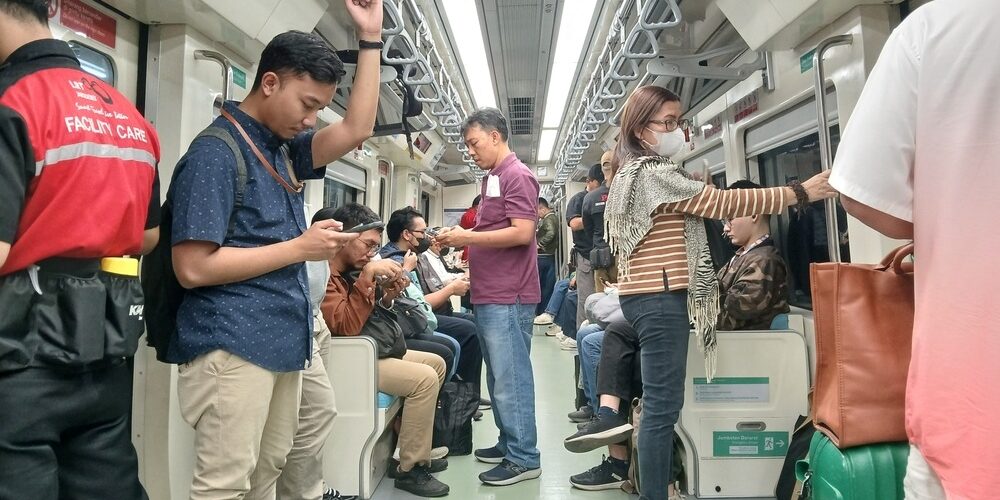
































2 Comments